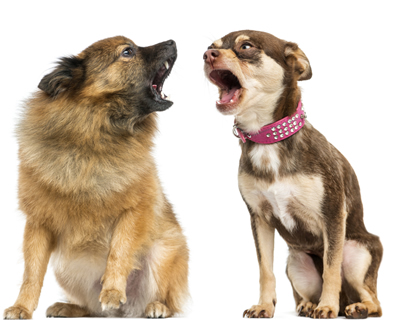Listening to Your Dog

Since we don’t speak the same language as dogs, we should at least try to interpret their barks, moans, yelps and groans.
Dog vocalisations are controlled and influenced by emotions and can occur alone or in combination with other sounds, like a bark or whine. That’s why it’s essential for you to notice dog vocalisations in tandem with behaviour.
Typical dog noises include:
- Barking – domestic dogs bark in a variety of contexts, such as threatening, alarming, aggressive, play, greeting, call for attention, when alone, care-soliciting, or during group interactions.
- Sneezing – dogs examine the world with their noses, so if they sniff a lot in a new place, they’ll also sneeze to clean out their nose so they can keep sniffing, it can also indicate stress.
- Whining – a way for a dog to draw attention to himself, either because he’s in pain or because he’s begging. Translation – pet me, love me, feed me, notice me, I want to go outside. This can also mean ‘I’m emotionally upset’, perhaps afraid or anxious.
- Yelping – distressed, startled, in pain. Similar to ‘ouch’, yelps can also be in response to movements or noises that are startling.
- Moaning – pleasure sound. Dogs moan when you are doing something that makes them feel really good, like rubbing behind their ears.
- Growling – warning, go away. A deep growl can come from the chest, a shallower growl from the throat (this is less threatening). Also used when playing with you or another dog.
- Howling – a way to communicate with others, signal the time of day, or express how he feels. Some dogs also howl to music, whistling or sirens.



